The Dolomites were the protagonist of an article in the BBC, which devoted space to one of the world's most evocative and fascinating natural phenomena: the alpenglow. This phenomenon, which colours the mountains pink, red and orange at sunrise and sunset, was described by the British magazine as a rare and spectacular event that attracts thousands of visitors every year. The BBC emphasised the uniqueness of the phenomenon, which fascinates with its ethereal beauty and its ability to transform the peaks of the Dolomites into a veritable spectacle of light and colour.
Why do the Dolomites turn pink?
The answer lies in the unique composition of the mountains, which contain dolomite, a sedimentary rock rich in calcium carbonate and magnesium. During the day, the sun's rays reflect in a special way on the surface of the rocks, creating shades ranging from bright pink to deep red. Although this phenomenon also occurs on other mountains, the particular conformation of the Dolomites makes them particularly sensitive to sunlight, so that the alpenglow is only visible in these places.
According to the BBC, in addition to its extraordinary beauty, the alpenglow is gaining even greater visibility in view of the 2026 Milan Cortina Olympics, when the Dolomites will be one of the main locations for the event.
Where to see the alpenglow in the Dolomites?
The Dolomites, already listed among the 25 best destinations of 2025 by BBC Travel, are one of the ideal places to observe the alpenglow. The most striking areas to admire the phenomenon include Alta Badia, Cortina d'Ampezzo, Val Gardena, Val di Zoldo and Lake Braies. Each location offers spectacular views of the peaks that, as the sun rises and sets, are tinged with colours ranging from the delicate pink of dawn to the vibrant red of sunset.
Legends
In addition to its natural extraordinariness, the alpenglow is shrouded in numerous popular legends. One of the best known tells the story of King Laurin and his secret garden, which glowed a thousand shades of pink thanks to a spell. Other stories tell of battles between giants and dragons or of impossible loves between the Sun and the Moon, making the phenomenon not only an enchantment for the eyes, but also a true legend that enriches the beauty of these mountains.

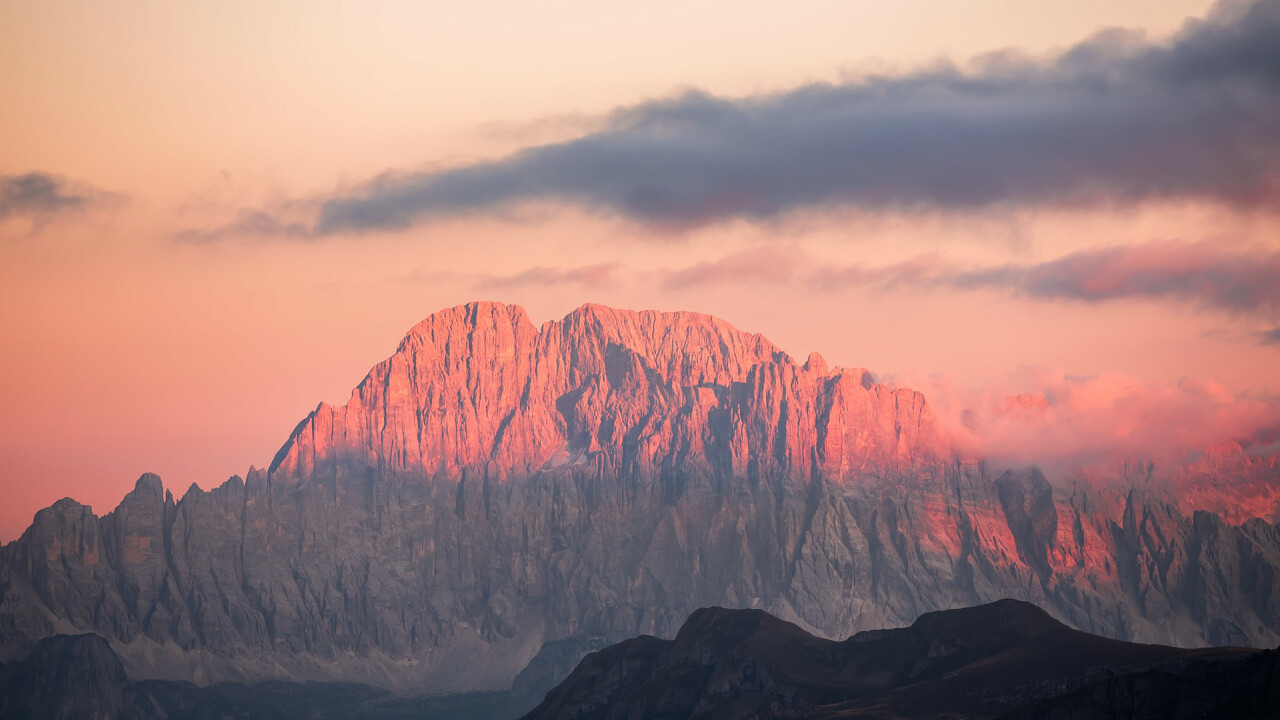
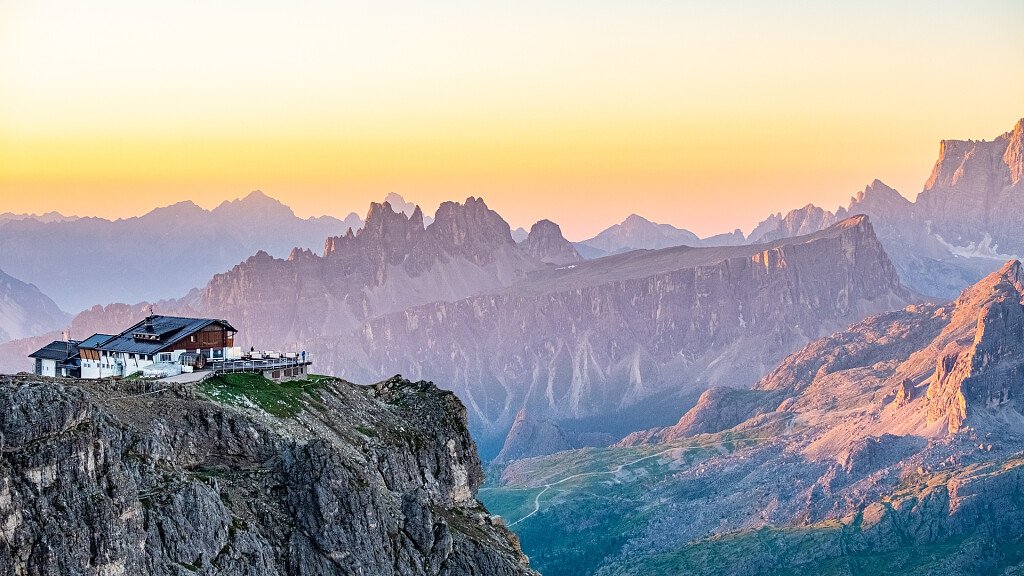

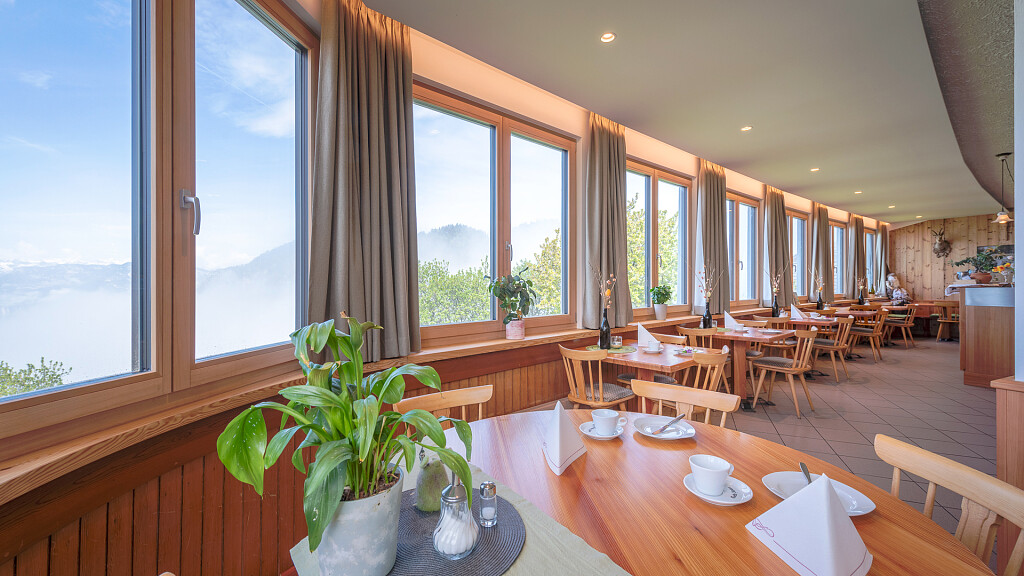
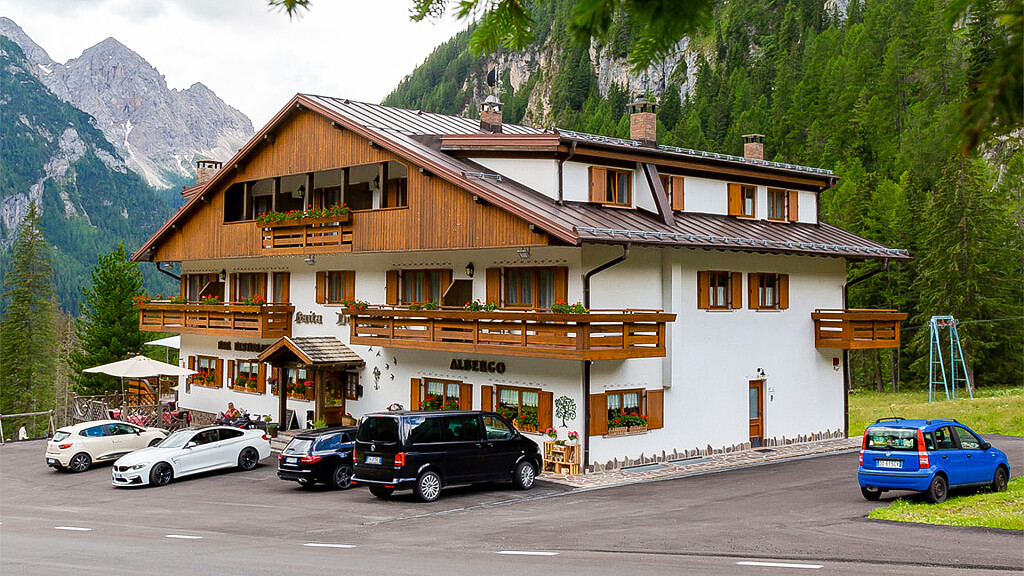

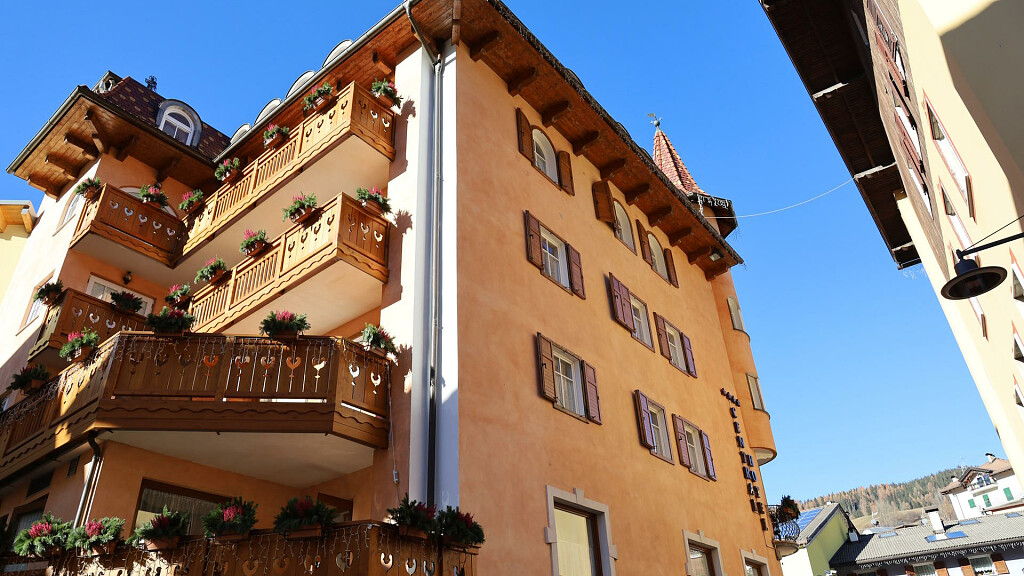
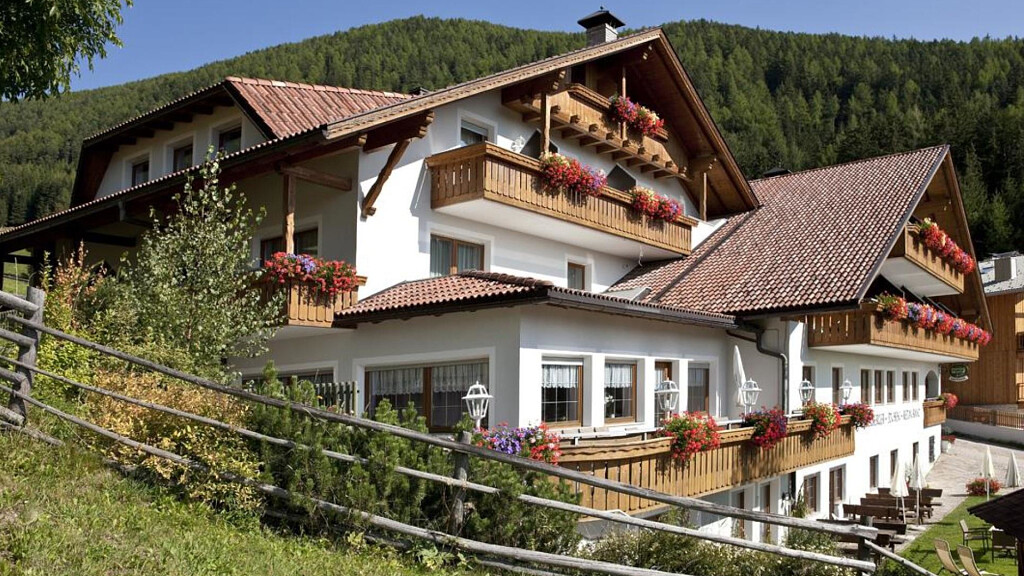










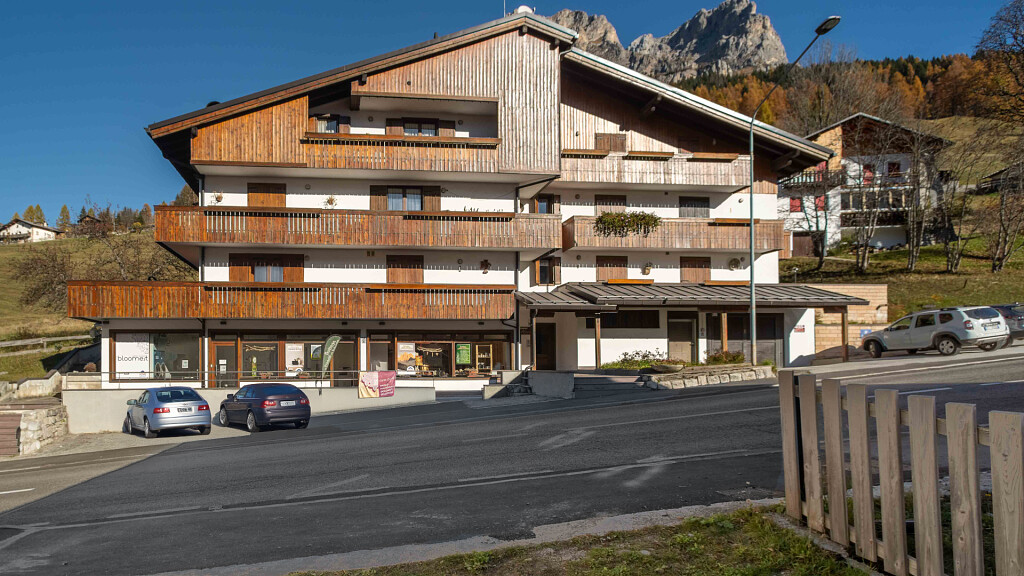

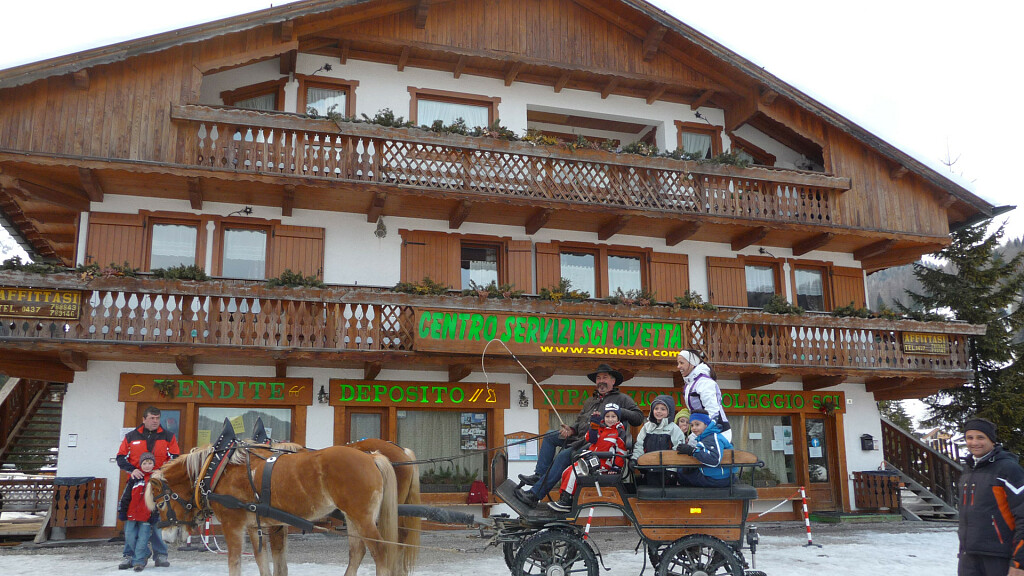
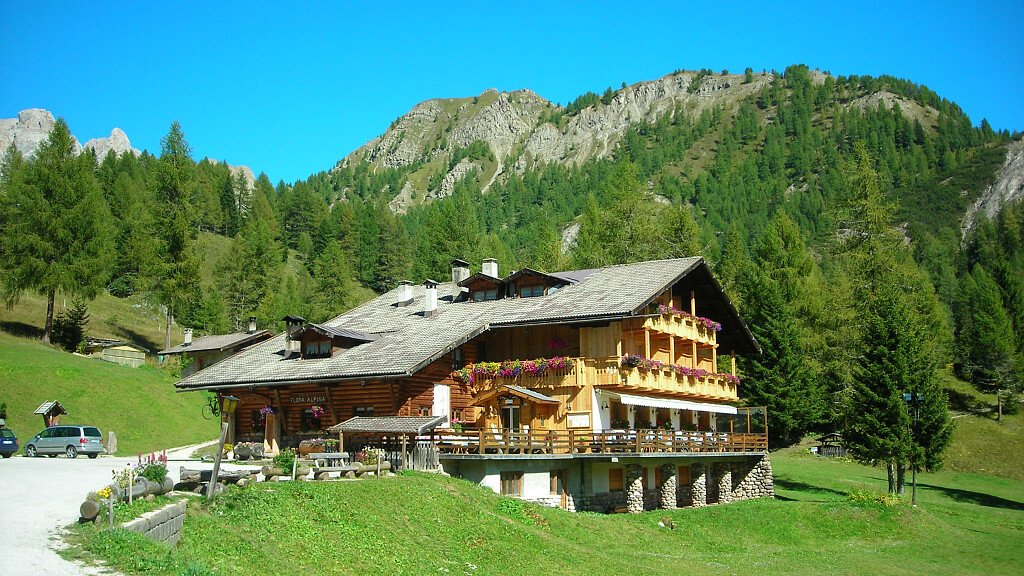


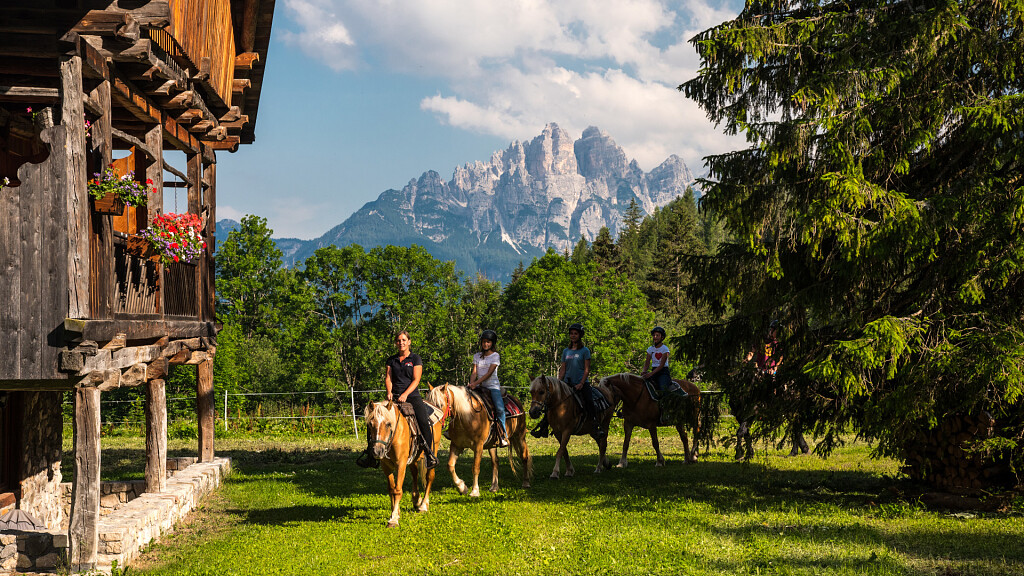
-tablet.jpg)